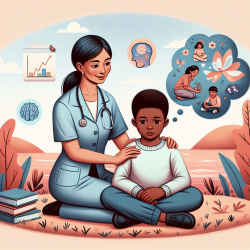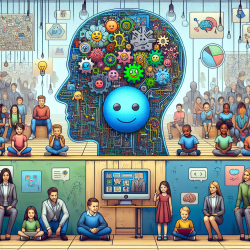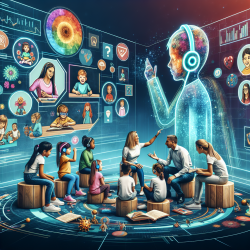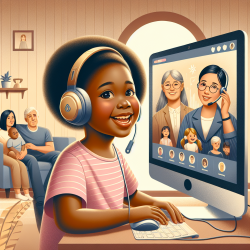As a Special Education Director, ensuring the well-being and academic success of students with diverse needs is at the heart of our mission. A recent systematic review titled "Mental Imagery in Social Anxiety in Children and Young People: A Systematic Review" by Chapman, Halldorsson, and Creswell (2020) provides invaluable insights into how mental imagery contributes to social anxiety in young people. This blog aims to translate these research findings into practical strategies that practitioners can implement to enhance their skills and better support students with social anxiety.
Understanding the Role of Mental Imagery in Social Anxiety
The review highlights that children and young people with higher social anxiety often experience more negative, observer-perspective images. These distorted images play a crucial role in maintaining social anxiety by reinforcing negative self-perceptions and behaviors. Understanding this connection is vital for practitioners aiming to develop effective interventions.
Practical Strategies for Practitioners
Based on the findings from the review, here are some actionable strategies that practitioners can adopt:
- Shift Perspective: Encourage students to shift from an observer perspective to a field perspective. This can help reduce the negative impact of distorted self-images.
- Imagery Rescripting: Implement imagery rescripting techniques to modify negative images. Guide students to create more positive and realistic mental images of themselves in social situations.
- Integrate into CBT: Incorporate mental imagery exercises into Cognitive Behavioral Therapy (CBT) sessions. Use these exercises to help students visualize successful social interactions and reduce anxiety.
- Parental Involvement: Engage parents in the process by educating them about the role of mental imagery in social anxiety. Provide them with tools to support their children in practicing positive imagery at home.
Encouraging Further Research
While the review provides a solid foundation, it also identifies gaps in the literature, particularly the need for more robust psychometric measures and studies focusing on pre-adolescent children. Practitioners are encouraged to stay informed about ongoing research and contribute to the evidence base by participating in studies and sharing their observations.
Conclusion
By integrating the insights from this systematic review into practice, practitioners can enhance their ability to support students with social anxiety. Implementing these strategies can lead to better treatment outcomes and ultimately, a more inclusive and supportive educational environment.
To read the original research paper, please follow this link: Mental Imagery in Social Anxiety in Children and Young People: A Systematic Review.










